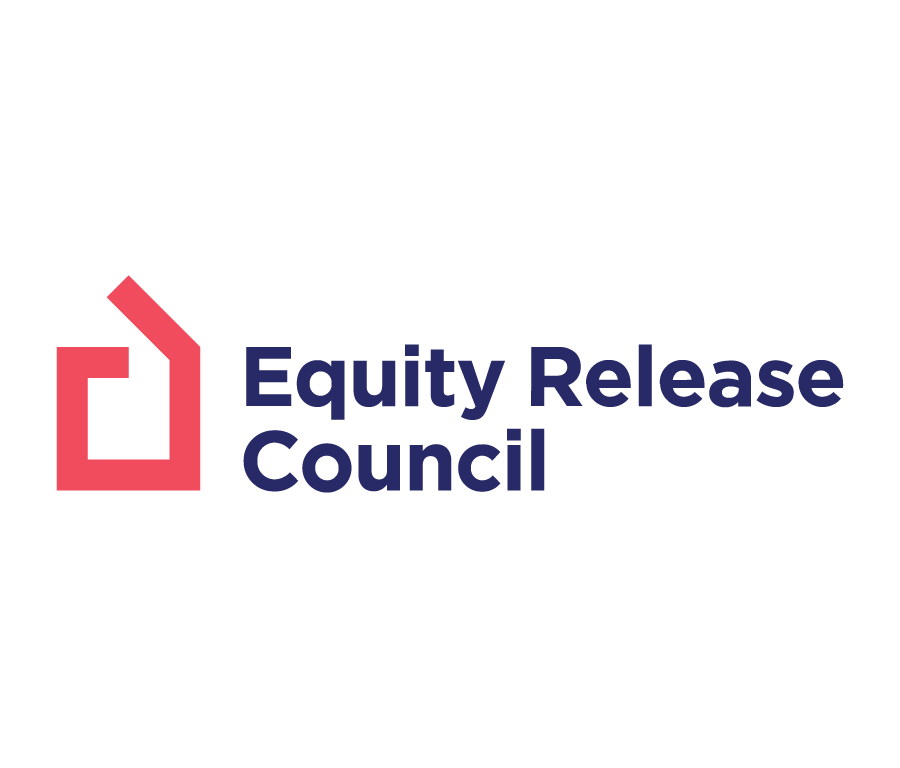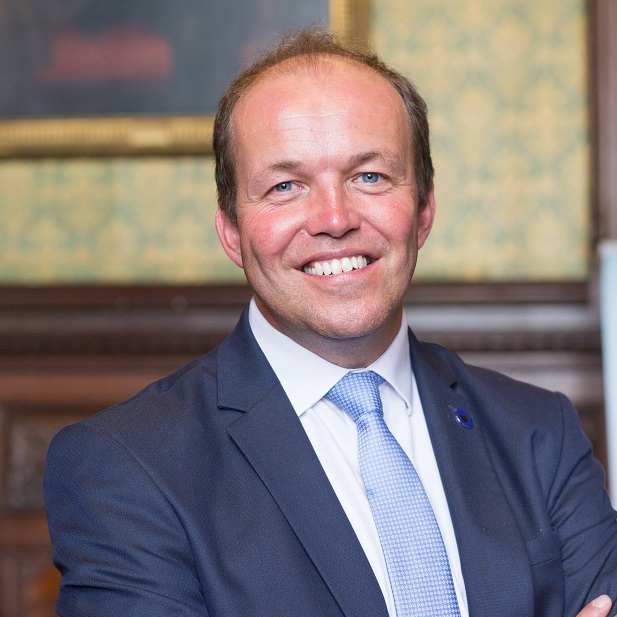31 January 2023
Q4 2022 equity release market statistics
Equity release market resumed historic growth path in 2022 before mini-Budget disruption in Q4
Please find the full report below.
- 2022 saw record activity with 93,421 new and returning customers choosing to access their property wealth via equity release products, up 23% year-on-year – the highest rate of growth since 2018
- Total annual lending reached £6.2bn, a new high following the 30th anniversary of voluntary regulation being introduced, up 29% from £4.8bn in 2021 and double the £3.06bn seen in 2017
- Nearly 50,000 homeowners took out new plans, up 20% on 2021, with all new plans since 28 March 2022 guaranteeing customers the right to make voluntary penalty-free partial repayments to reduce interest costs
- Activity dipped in Q4 as market disruption following September’s ‘mini-Budget’ prompted rate rises, reduced product availability and shook consumer confidence
- December was the quietest month since before the Covid-19 pandemic as customers took stock at the end of the year, with loan sizes reduced in Q4.
David Burrowes, Chairman of the Equity Release Council, comments:
“We saw a glimpse of the equity release market’s potential in 2022 as it returned to its previous growth path* with a growing customer base making use of improved products and added protections. In a climate where retirement incomes have to stretch further for longer**, property wealth is as important to many people’s financial wellbeing as their pension.
“The unmet needs of the UK’s ageing population have seen the equity release market double in size since 2017, channelling decades of experience in helping older homeowners to gain financial freedom. Today’s equity release customers are more in control of their costs than ever before, with the right to make voluntary penalty-free partial repayments and the option of fixed early repayment charges which reduce to 0% over time
“Factors outside the industry’s control meant 2022 ended on an unusually quiet note in December, after the mini-Budget fuelled rate rises and tightening criteria. However, releasing equity is not a choice to make on a whim, and we are encouraged by signs that customers are pausing to assess their options. Seeking informed financial advice and independent legal advice from firms who sign up to Council standards is essential at the best of times, and more so now than ever.
“While some consumers may delay a decision about unlocking property wealth in 2023, many people will find that releasing equity is an appealing and essential step to move ahead with their lives and support their families’ needs.”
*See graph 1, new equity release plans agreed per year, 2012-21, and graph 2, annual equity release lending activity, 2012-22
** Pensions & Lifetime Savings Association, “Rising prices add almost 20% to “minimum” cost of retirement”, 12 January 2023
- Key statistics for Q4 2022 and FY 2022
Overall activity
- Across 2022, a total of 93,421 customers took out new plans, made use of drawdown facilities or agreed extensions to existing plans. This represents a year-on-year increase of 23% and surpasses by some margin the previous peak of 85,497 customers in 2019.
- Total lending for 2022 reached £6.2bn, a 29% increase from £4.8bn in 2021 and a new annual record for the market. It means the equity release market has doubled in size over the last five years, having seen £3.06bn of annual lending in 2017.
- During Q4, total new and returning equity release customers served reached 20,597, down from the record Q3 2022 figure of 25,591 but a modest 3% year-on-year rise from 19,975 in Q4 2021.
- Customers borrowed £1.36bn of property wealth between October and December, marginally higher than £1.34bn one year earlier but down 20% from £1.71bn between July and September – bucking the usual trend whereby Q4 is the busiest quarter of the year.
Trends among new customers
- 2022 saw nearly 50,000 (49,285) new plans agreed, a 20% increase on the 2021 total of 40,964 and a new record figure, exceeding the previous high of 46,397 from 2018. Since 28 March 2022, all new plans have guaranteed customers the right to make voluntary penalty-free partial repayments without risking repossession if they cannot afford to do so.
- 11,174 new plans were agreed from October to December, down 17% from the previous quarter. This bucks the typical seasonal trend whereby Q4 is normally the busiest of the year, and reflects the sharp change in market conditions in the final months of 2022 following a period of gradually increasing interest rates earlier in the year
- October was the busiest month of Q4 2022 for new plans agreed (4,736) as pipeline cases progressed from before the mini-Budget. In contrast, with just 2,074 new plans, December was not only the quietest month of Q4 but quieter than any month since before the Covid-19 pandemic broke out (the low-point of the pandemic having been May 2020 during the first UK lockdown when 2,229 new plans were completed).
- Across 2022 as a whole, 52% of new customers opted for lump sum plans, up from 43% in the previous year. One factor in this is likely to be customers reaching the end of existing capital repayment or interest-only mortgages and seeking a way to remain in their homes without the risk of repossession that comes with fixed monthly repayment commitments.
- While just over half of new customers in Q4 opted for lump sum lifetime mortgages over drawdown lifetime mortgages, both product types saw average loan sizes drop back. The average new lump sum plan was £128,382 in Q4, down 4% from £133,770 in Q3, while the average first instalment of a drawdown plan dropped 6% from £88,340 to £82,643.
Trends among returning customers
- Over 2022 as a whole, the number of returning drawdown customers grew 16% from 2021 – compared with 20% growth in new plans agreed – while the smaller market for further advances grew 86%. Further advances accounted for 9% of customer numbers in 2022, up from 6% the previous year as existing customers found they were able to access more funds from their property within strict lending criteria.
- The final three months of 2022 saw 7,071 existing customers make use of their drawdown facilities. This marks a 27% drop from the record high of Q3, and a smaller (7%) decrease from Q4 2021 as customers adopted a cautious approach. The average drawdown per customer in Q4 was £14,180, down 6% from the same period last year.
- In contrast, further advance activity increased year-on-year in Q4, with 2,352 customers agreeing extensions to existing plans. This compared with 1,391 further advances customers in Q4 2021 but was down from 2,419 in Q3 2022.
- Market data
Graph 1: New equity release plans agreed per year, 2012-22
Graph 2: Annual equity release lending activity, 2012-22
*Trend line based on a continuation of the market’s 2012-2018 trajectory
Graph 3: New equity release plans agreed per month, 2021-22
- About the data
The Equity Release Council’s market statistics are compiled from member activity, including all national providers in the equity release market. This latest edition was produced in January 2023 using data from customer activity during the fourth quarter of 2022 (October to December). All figures quoted are aggregated for the whole market and do not represent the business of individual member firms.
Equity release products are available to homeowners aged 55+, enabling them to release money from the value of their home following a regulated process of financial advice and independent legal advice to determine whether this is suitable for their individual circumstances and long-term needs. Funds released are typically used for a range of purposes including providing additional retirement income, funding one-off expenses and lifestyle purchases, consolidating debts, meeting homecare costs and gifting a ‘living inheritance’ to family or friends.


